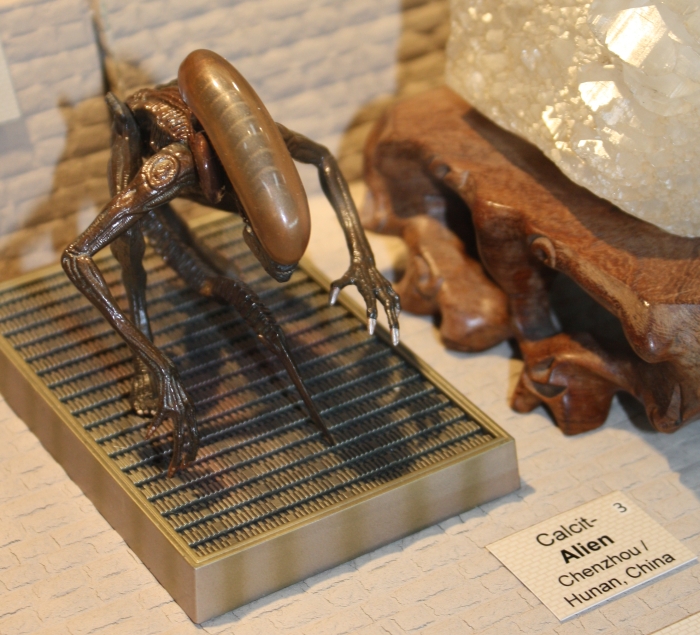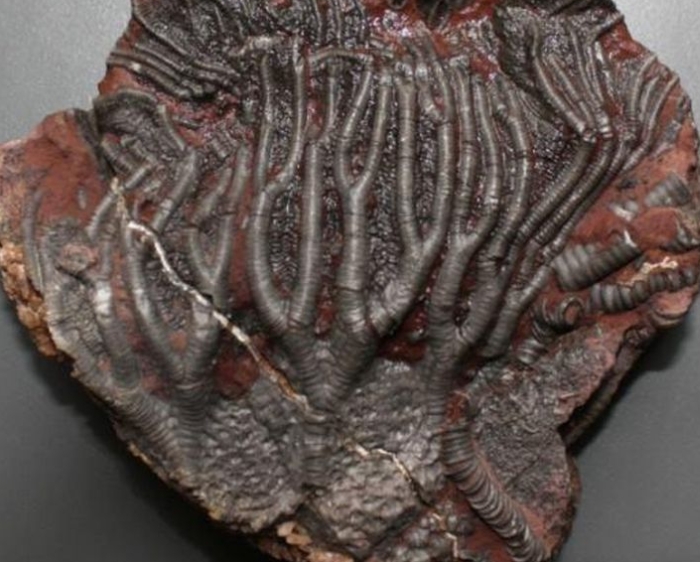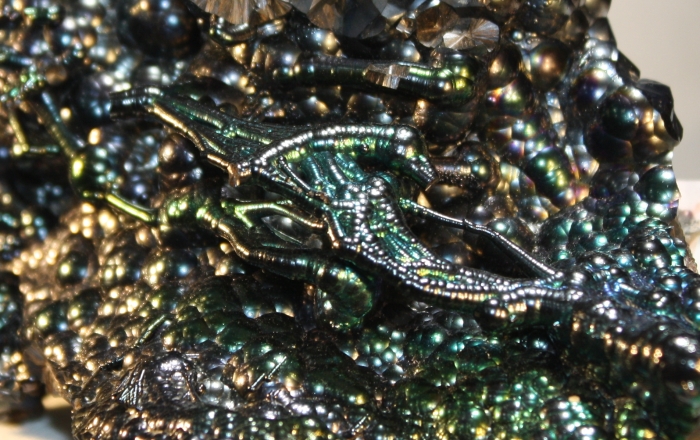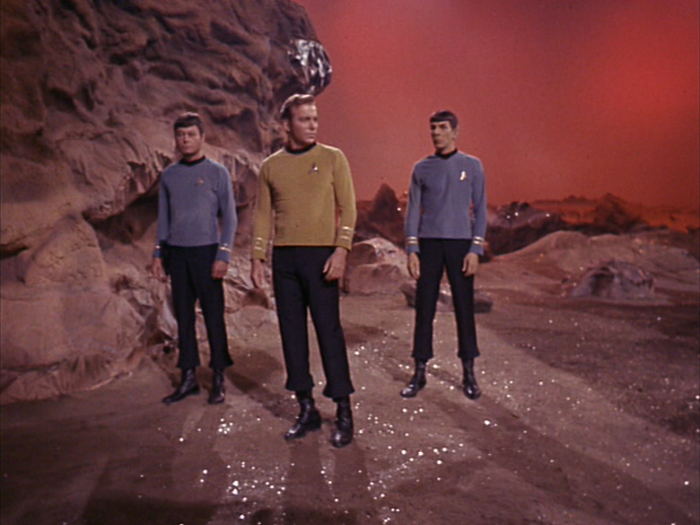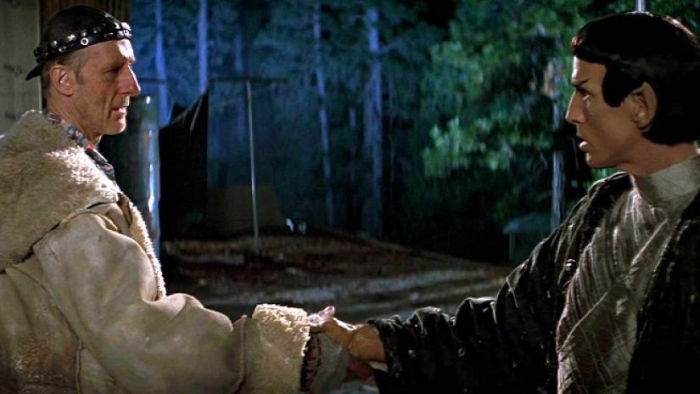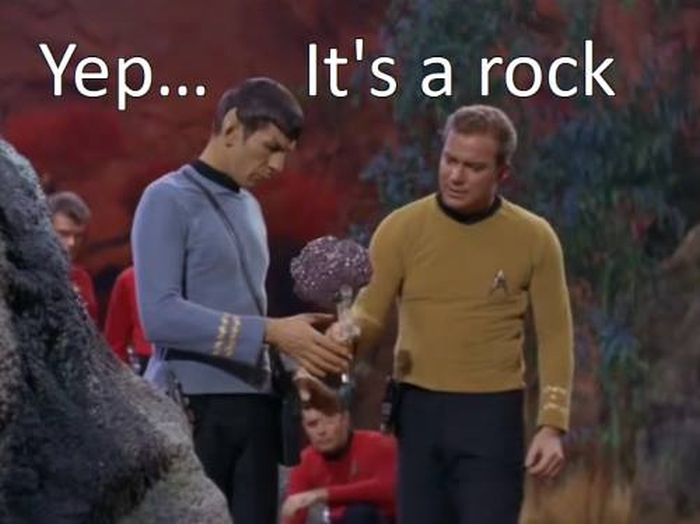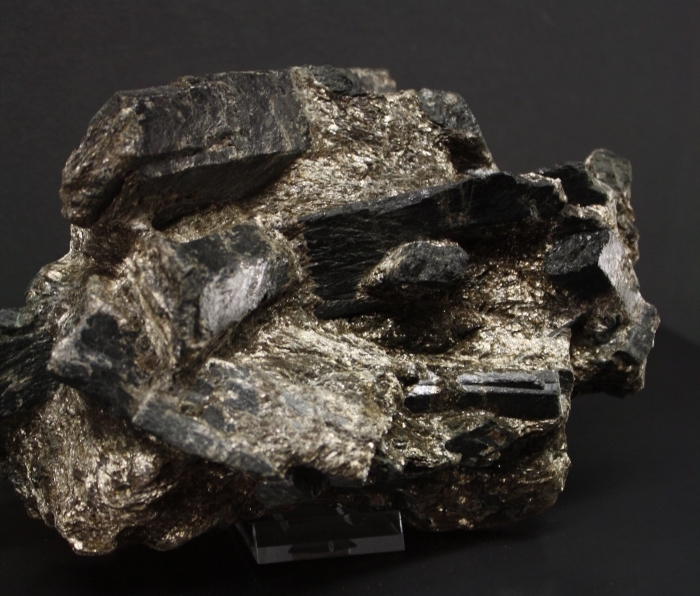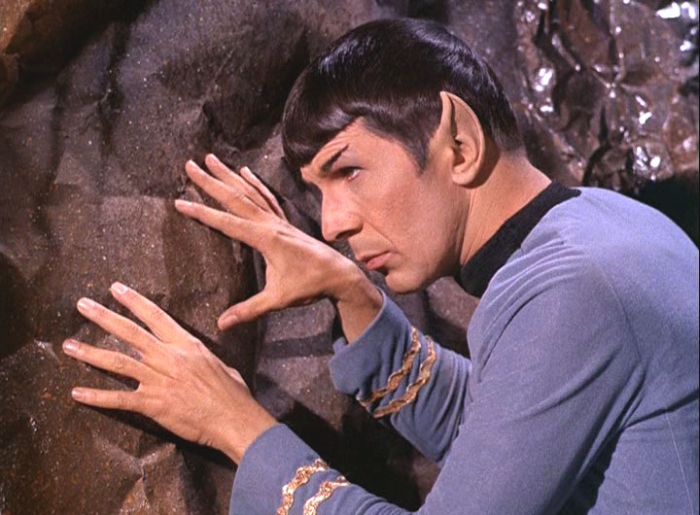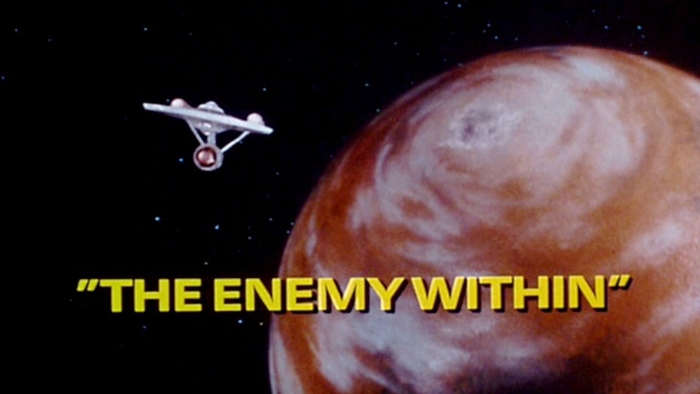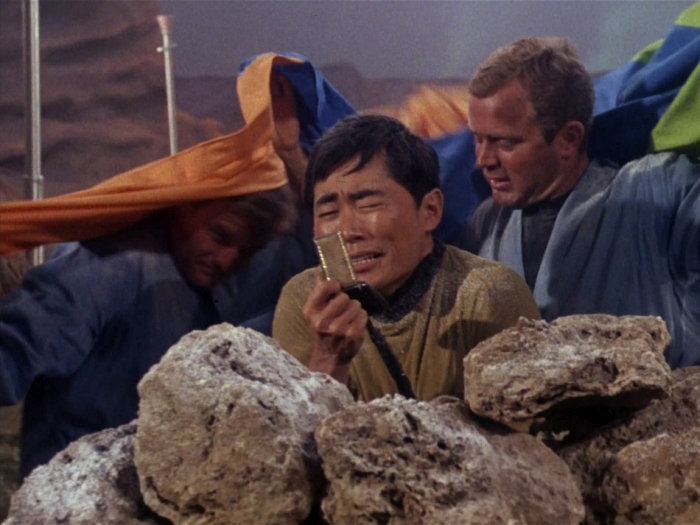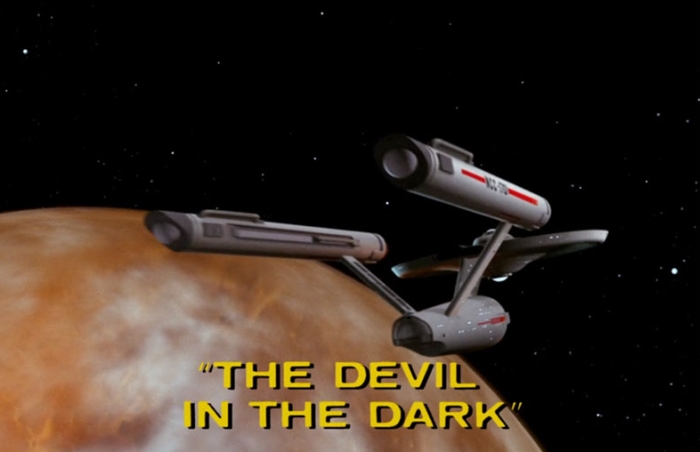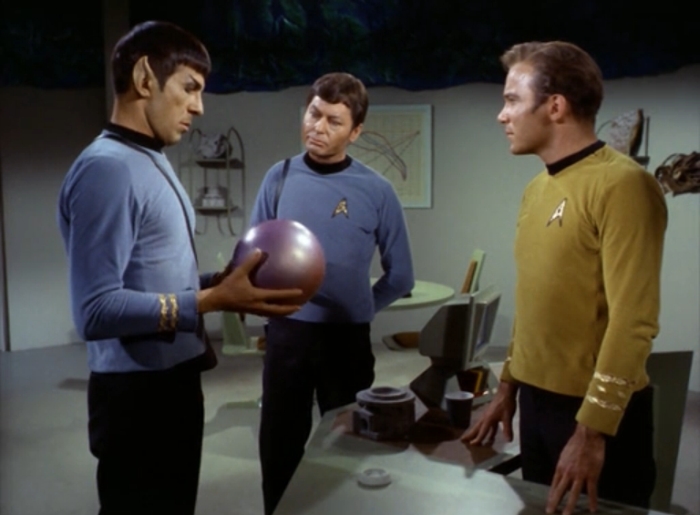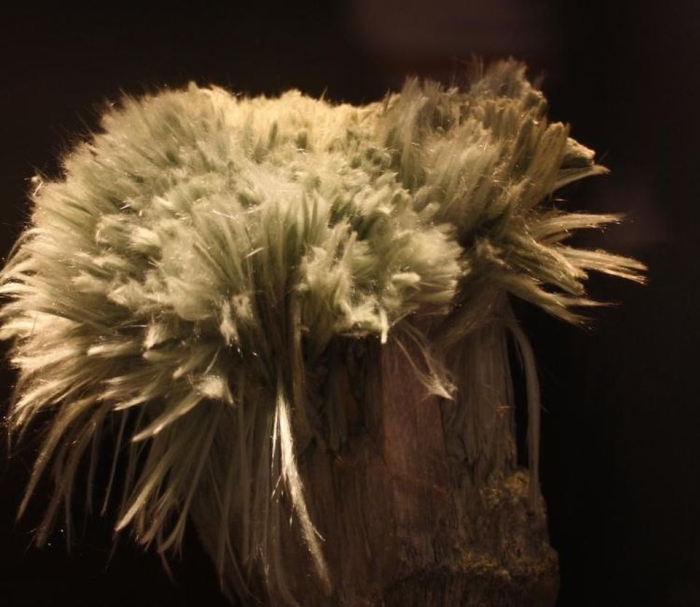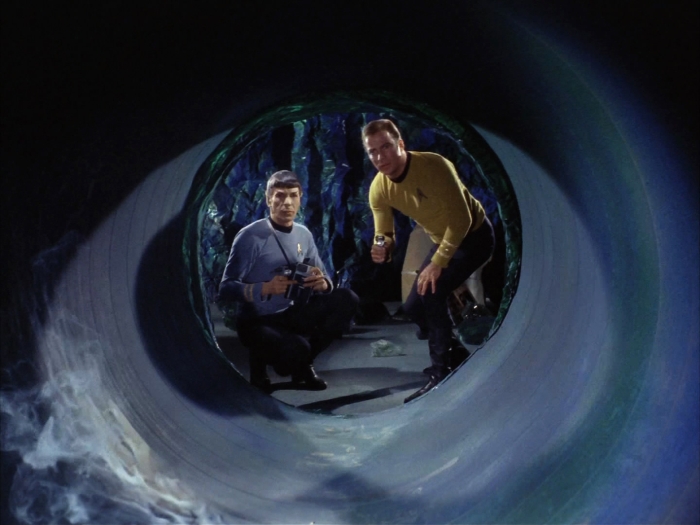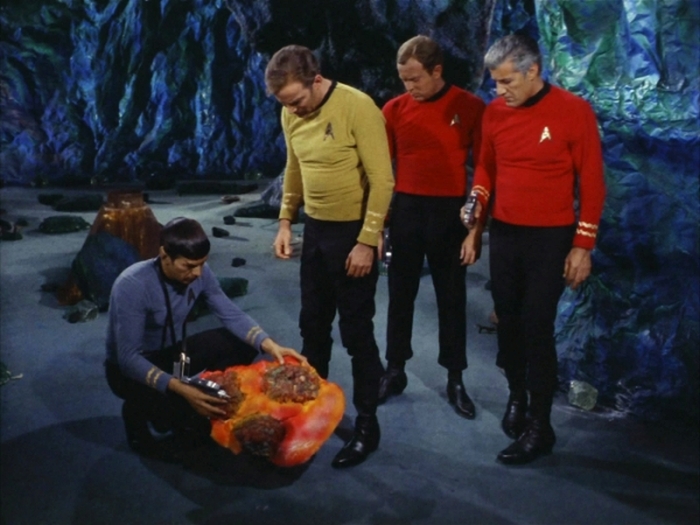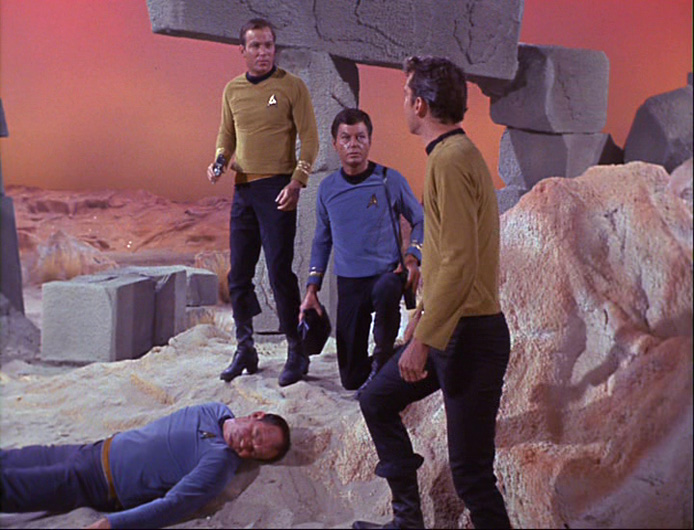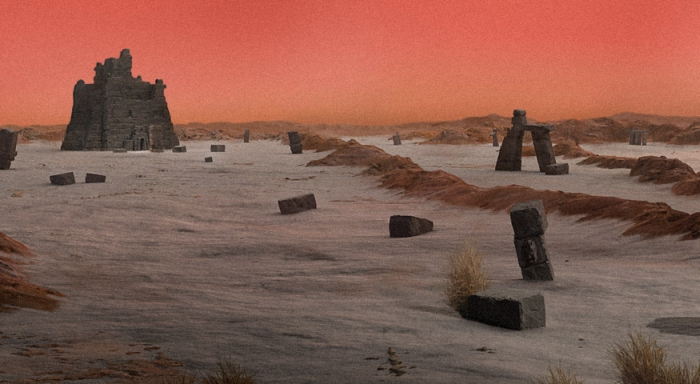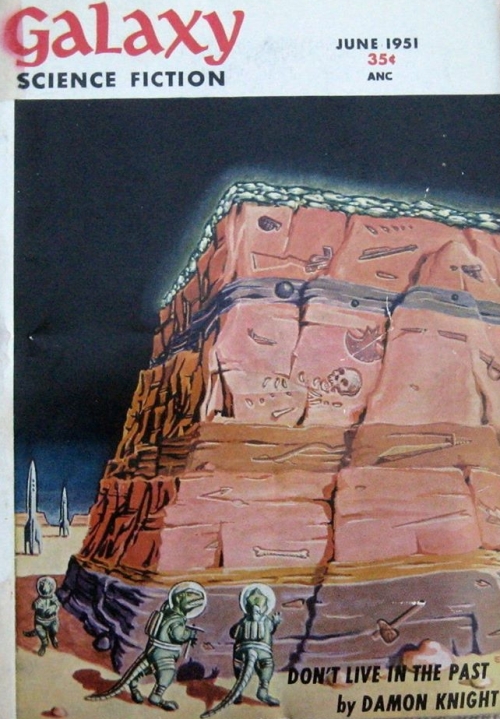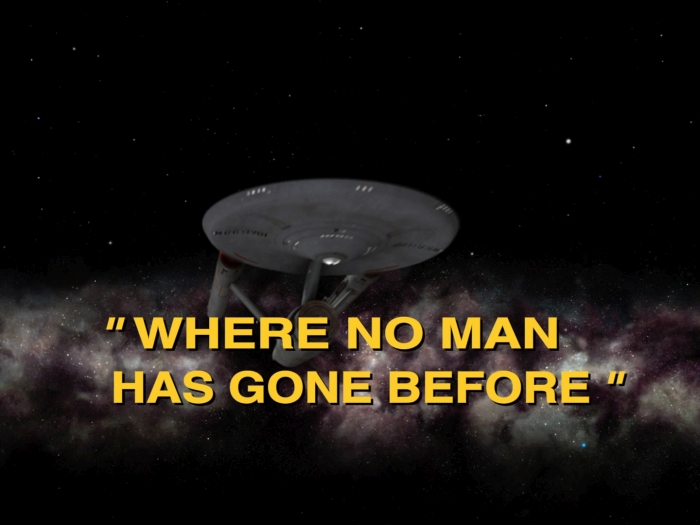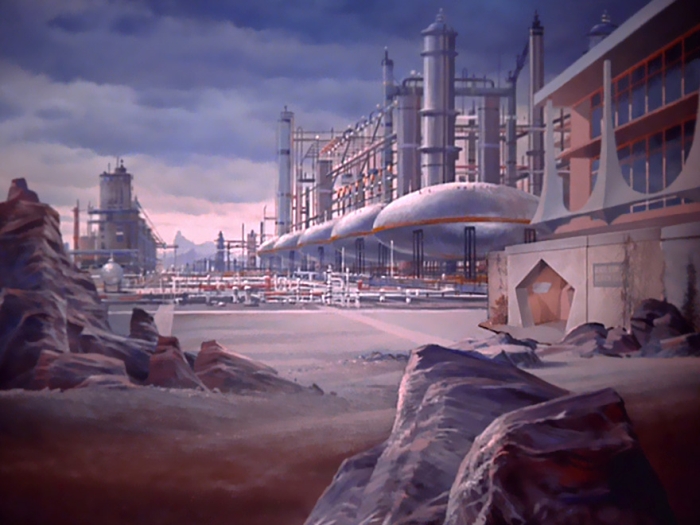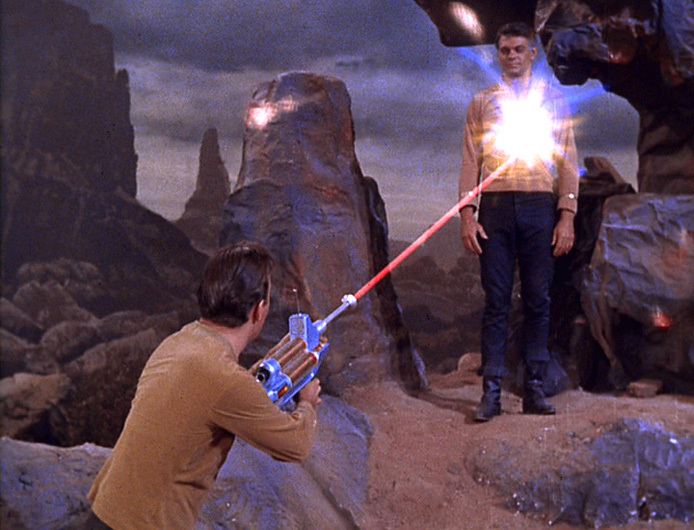» Space: the final frontier. These are the voyages of the starship Enterprise. Its continuing mission: to explore strange new worlds. To seek out new life and new civilizations. To boldly go where no one has gone before! «
Encounter at Farpoint is the pilot episode of the American science-fiction television series Star Trek: The Next Generation (TNG), which premiered on September 28, 1987. In the 79 episodes of Star Trek: The Original Series almost 50 minerals are mentioned, and in TNG, successfully running from 1987 to 1994, also minerals play a role. 74 different mineral and mineral-like names are mentioned in the 178 produced episodes. Set almost 50 years after the original voyage of the first Enterprise, the new spaceship and new crew is again checking on mining colonies or retrieving minerals and ore from distant worlds.
The new captain of the Enterprise – Captain Jean-Luc Picard – has a passion for archaeological research, but also a general interest in the collection of natural curiosities. A large cross-section of an agate nodule and a malachite concretion are among the mineral specimens on display in the captain’s ready room on board the Enterprise.
Picard keeps also a small transparent crystal of unknown origin on his desk. He often plays with the crystal when he has to make an important decision, like seen in the episode Conspiracy, Where Silence Has Lease, Suddenly Human, A Matter of Time, The Masterpiece Society and more. His first officer, William T. Riker, also did so on occasion (Gambit, Part I).

In the first episode with the title Encounter at Farpoint the newest flagship of the United Federation of Planets, Starfleet’s USS Enterprise-D, travels to Deneb IV for its maiden voyage. Deneb IV (or Alpha Cygni IV) is a Class M planet according to the classification system adopted in the Star Trek universe. The classification system is based on size (gas giants or small, rocky worlds), composition (rock-metal core or gas), geological activity (inactive- active), atmosphere (from oxygen-rich to toxic) and comprises fourteen planet types. For example, planets suitable for humanoid life-forms, small, rocky worlds with some geological activity, and an oxygen-rich atmosphere, are classified as M after Minshara, the native name of Vulcan, homeworld of Commander Spock. Deneb IV is also tectonically active as the mention of geothermal energy suggests.
The natives of Deneb IV, the Bandi People, offer a highly advanced base on the planet’s surface – Farpoint Station – to be used by Starfleet. As the crew of the Enterprise visits the station, they soon discover that the entire building is actually an alien life-form, able to convert the geothermal energy into matter and structures of the station.
The transformation of energy into solid matter plays a role in the replicator units and holodeck – a highly evolved virtual reality engine – of the Enterprise. Even more important is the property of Radan to control the flux of energy. In the Star Trek universe, Radan is not only a rare and valued gemstone, but this mineral is used in its purest and crystalline form – dilithium – in the spaceship’s reactors. Curiously enough, quartz, one of the most common minerals on Earth, is almost never mentioned in Star Trek. Perhaps because quartz is often used as a prop for dilithium crystals in various episodes.
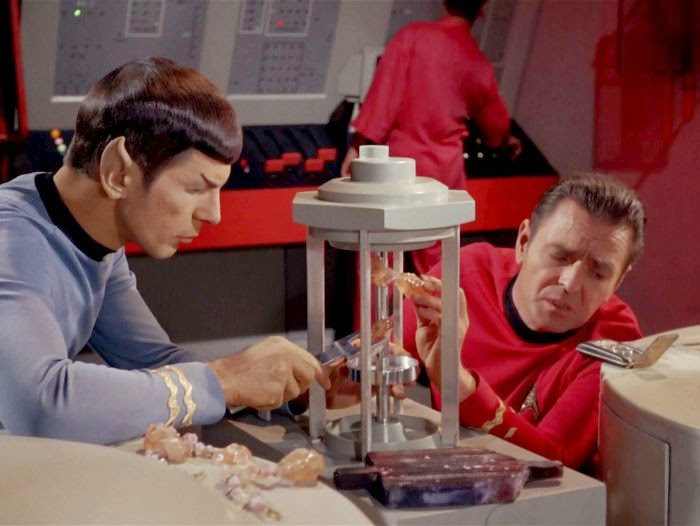
Its (supposedly) cubic crystal structure can somehow control the reaction between matter and antimatter, providing the energy for the warp-drive, making faster-than-light travel possible. This science-fiction property of the crystalline dilithium is loosely based on real science. Some crystals, such as calcite, can filter or distort certain wavelengths of light, a form of energy.
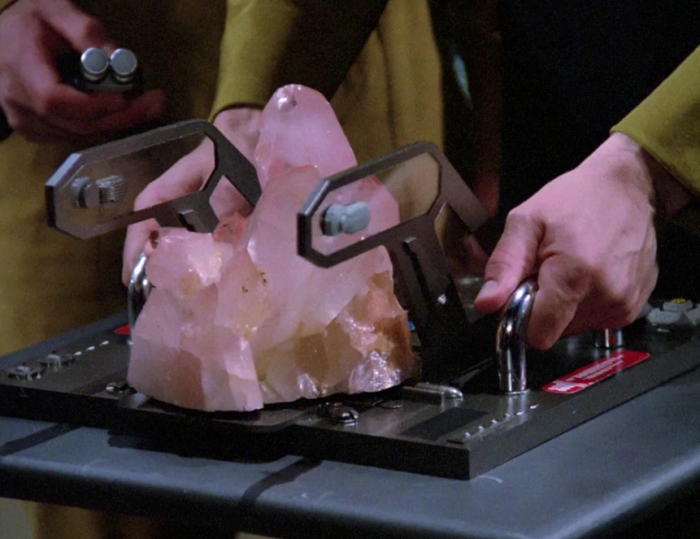
References:
- De FOURESTIER, J. (2005): The Mineralogy of Star Trek. Axis, Vol.1(3): 1-24
- De FOURESTIER, J. (2016): The mineralogy of Star Trek: the next series. Axis, Vol.12(1): 1-24
- De FOURESTIER, J. (2020): The mineralogy of Star Trek: Notitiae Novum. Axis, Vol.16(1): 1-25
- NOOR, M.A.F. (2018): Live Long and Evolve – What Star Trek Can Teach Us about Evolution. Princeton University Press: 208
- STEVENSON, D.S. (2018): Granite Skyscrapers – How Rocks Shaped Earth And Other Worlds. Springer: 386
